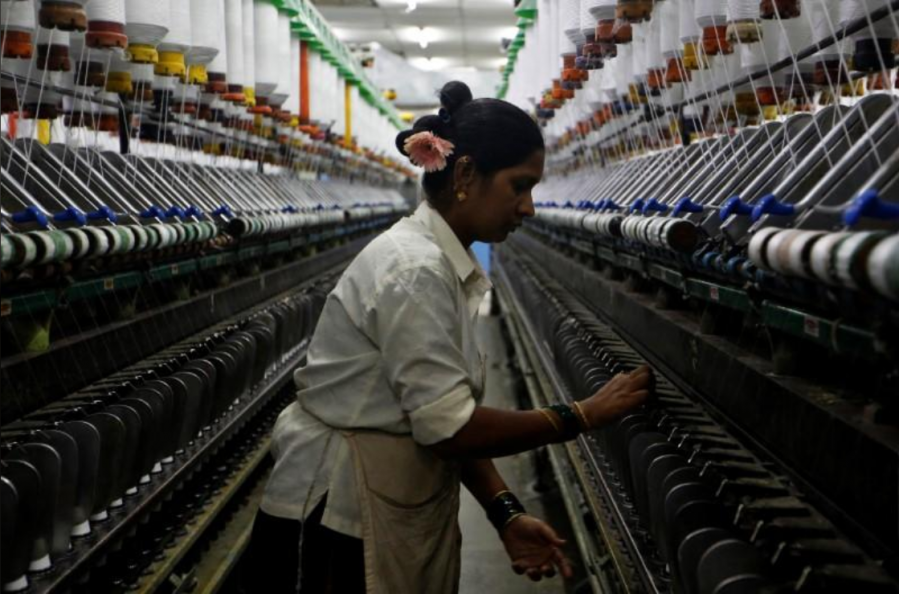Natural calamities and manmade actions are having a negative impact on India’s textile sector.
With cotton prices trading high, likely due to speculation, downstream textile processing units are under stress. Raw materials cost, supply chain issues, the power situation in India, and the lingering pandemic effect are all contributing to the current roller coaster situation.
“There is no need to go into panic mood and stockpile cotton,” stated Velmurugan Shanmugam, General Manager of Jayalakshmi Textiles in Aruppukkottai, India – a leading cotton spinning mill with 70,000 ring spindles with an average yarn count of 75s Ne.
Mills in India begin buying the new crop during November and January. Mills are waiting and watching and opting for short-term stocking of cotton. “Right now, we are stocking 10 days’ worth of cotton need only,” added Shanmugam.
Globally, there is demand for cotton due to tight supply and lack of good quality in last year’s crop. As the world moves away from severe COVID-19 situations, stimulus monies provided by governments like the United States are helping with consumer demand.
The price hike is not limited to cotton alone, as polyester prices are also increasing.
“Polyester price has increased by about 35%, due to a hike in crude’s price and supply chain issues,” stated Krishnasamy Pothiraj, a Coimbatore, India-based textile consultant.
The power shortage in India – especially coal shortage – is affecting manufacturing sectors such as cotton ginning. Petroleum-based products are showing price increases, resulting in price enhancements in products such as fertilizers. All of these factors are having a compounding effect on the price of raw materials.
With the major “Diwali,” festival season nearly over in India, it will be interesting to see how consumers react to price increases. The textile industry must carefully watch the market and pay attention to consumer sentiments before moving to stockpile raw materials.
While the downstream processors are currently absorbing the raw material price increase, it may not be sustainable. Going on panic buying will lead to a situation as seen in 2011, which will not work, agrees Shanmugam.
The industry is under a watch and wait situation—the right plan based on the present scenario.
Dr. Seshadri Ramkumar is a professor in the Department of Environmental Toxicology and The Institute of Environmental and Human Health at Texas Tech University, and a frequent contributor to Cotton Grower.
Πηγή: Cotton Grower

